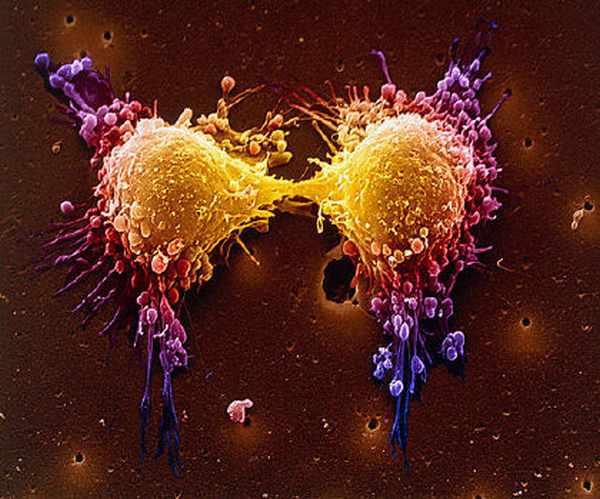
Neoadjuvant therapy with trastuzumab and lapatinib, in addition to chemotherapy, led to pathologic complete response (pCR) in more than half of patients.
Jose Baselga, MD, of Massachusetts General Hospital in Boston, and co-authors reported in The Lancet that, compared with the 25% to 30% of patients who achieved complete response on trastuzumab or lapatinib alone, combinated therapy is more efficient.
Although the study did not evaluate the effect of treatment on survival, prior studies have shown that pCR correlates with improved disease outcomes in patients treated with trastuzumab and chemotherapy.
This open-label, multicenter, phase III study showed that dual inhibition of HER2 with lapatinib and trastuzumab in combination with paclitaxel is better than single-agent HER2 targeting.
The study also supports investigation on novel targeted agents for breast cancer in the neoadjuvant setting, when tumors have not yet acquired resistance to therapy and when chances of clinical benefit are highest.
The published results updated and affirmed findings from an initial report more than a year ago.
Both targeted agents inhibit HER2 but they have different mechanisms of action, providing a rationale for evaluating the combination. Preclinical and clinical evidence had suggested that combining lapatinib and trastuzumab would result in more potent inhibition of HER2 compared with either drug alone.
All patients started treatment with the assigned targeted therapy. Paclitaxel was added after six weeks, and neoadjuvant therapy continued for a total of 18 weeks. Surgery followed completion of neoadjuvant therapy, and patients received adjuvant treatment with paclitaxel and the same anti-HER2 regimen as in the neoadjuvant.
Rigorous investigation of a biologic agent in the neoadjuvant setting might obviate the need to begin evaluation of a drug in advanced disease before moving to the neoadjuvant and adjuvant settings.
Such an approach to clinical investigation could substantially reduce development costs and bring promising new drugs to patients more quickly. Optimal treatment duration, selection and use of biomarkers, and the expense of combining two costly drugs must be rigorously examined,